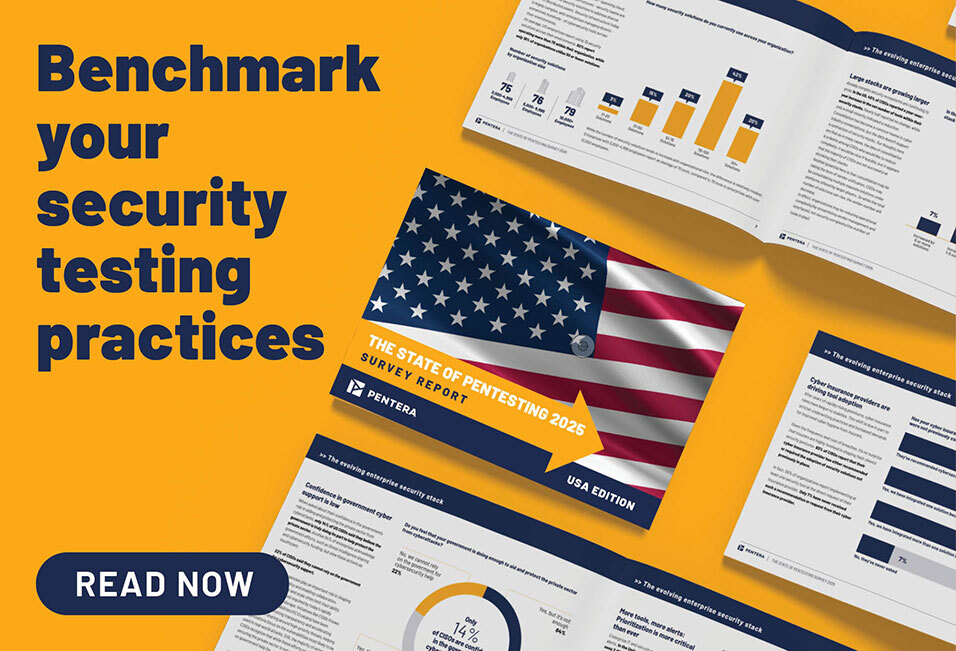What Is Cloud Security Posture Management?
Cloud Security Posture Management (CSPM) is a process through which organizations secure their cloud computing environments. It is a proactive approach to cloud security that emphasizes the continuous assessment and improvement of controls, policies, and practices that protect cloud computing environments, with a view to mitigating risk and minimizing the possibility of a successful cyber attack.
Why is cloud security posture management important?
Cloud Security Posture Management is highly important to modern organizations that rely on cloud computing, and there are a couple of main reasons for this.
The first reason is that CSPM empowers organizations to use cloud computing freely. Given its reliance on shared online systems, cloud computing can expose organizations to added cybersecurity risks. By practicing effective CSPM, however, they can effectively identify and remediate vulnerabilities and misconfigurations to mitigate those risks. Consequently, they can benefit from the flexibility and scalability of cloud computing while ensuring that critical digital assets remain protected.
The second reason is that CSPM helps with regulation compliance. By continuously monitoring, assessing, and updating cloud security controls, policies, and practices, organizations can ensure that their cloud security measures are in line with industry regulations. As such, CSPM helps organizations avoid potential penalties while also enhancing their security posture for greater resilience.
How does cloud security posture management work?
Cloud Security Posture Management works through the monitoring and analysis of cloud applications, platforms, and infrastructure. By using technologies like Identity Access Management (IAM), cloud-native Endpoint Detection and Response (EDR), and, Cloud Access Security Broker (CASB) and Event Management (SIEM) tools, security teams can maintain real-time visibility over cloud computing environments to establish a clear picture of their attack surface.
Additionally, CSPM tools can also be complemented with other security solutions, such as Automated Security Validation (ASV) tools, which can assess security measures against predetermined benchmarks and cloud security policies.This enables organizations to identify misconfigurations or vulnerabilities and remediate them before an attack can occur.
In this way, organizations use CSPM to continually improve their cloud security to reduce the risk of data breaches or unauthorized access to critical digital assets.
What are the key components of cloud security posture management?
Depending on the degree to which an organization relies on cloud technologies, there are a variety of different components that can comprise Cloud Security Posture Management. The following are some of the most fundamental aspects of CPSM:
- Resource discovery: Organizations identify and inventory all resources and assets in their cloud computing environments.
- Continuous monitoring: Cloud environments are continuously monitored to provide real-time visibility of attack surface and cloud security posture.
- Risk assessment, reporting, and remediation: Identified misconfigurations and vulnerabilities are assessed to determine their associated risk levels, at which point they are prioritized accordingly and systematically remediated.
- Policy enforcement and regulation compliance: CPSM tools are utilized to ensure that cloud security protocols and industry regulations and requirements are adhered to.
What benefits does cloud security posture management offer?
CSPM can bring numerous benefits to organizations that employ the approach. The following are some key benefits of CSPM:
- Total visibility of cloud environments and infrastructure
- Improved efficiency with automated assessments
- Reduced risk of security breaches through real-time detection and remediation
- Cost optimization through the early identification of potentially costly misconfigurations
What are the best practices for ensuring effective cloud security posture management?
To ensure effective cloud security posture management, organizations should engage in the following best practices:
- Leveraging automation for cloud security processes
- Continuous monitoring and analysis
- Risk prioritization
- Employee awareness training
Embracing CSPM for better cloud security
In an age when organizations are migrating an ever greater proportion of their operations to the cloud, Cloud Security Posture Management is a core aspect of a strong cybersecurity strategy. By continuously assessing the controls, practices, and policies in force in their cloud computing environments, organizations can identify and remediate areas of cyber exposure in real time. As such, they can effectively mitigate risk and reduce the likelihood of successful attack to maintain optimal resistance and preserve their longevity.
Frequently asked questions
How can organizations implement effective CSPM strategies?
To implement effective CSPM strategies, organizations should take time to lay the groundwork for those strategies to work in addition to implementing CSPM automation tools. This means establishing clear policies and protocols for cloud security and incident response and conducting thorough awareness training.
What are the future trends and emerging technologies in CPSM?
To keep pace with new threats, CSPM is also continuously evolving as an approach. Current trends are primarily focused on leveraging AI and automation for greater responsiveness and coverage in combination with zero trust architecture for better risk mitigation. Cloud-native penetration testing, for instance, can bring the benefits of automated penetration testing to a cloud environment. An additional technological development is compliance as code, which involves automating and codifying compliance policies to ensure that regulations are always adhered to.
How should organizations prioritize CSPM in their cloud security strategies?
Organizations should prioritize CPSM early on in the process of devising their wider cloud security approach. Since CSPM focuses on maintaining optimal visibility over cloud infrastructure, continuously monitoring cloud computing environments, and establishing firm policies for detection and response, it provides a framework upon which cloud security policies can be built.
How does CSPM handle multi-cloud and hybrid environments?
CSPM is designed to handle the complexities of multi-cloud and hybrid environments. By focusing on centralized visibility and complete access control, CSPM enables organizations to stay consistent in the implementation of configurations and security and compliance policies.
Strengthen your cloud security.
Secure your cloud infrastructure with ease.


